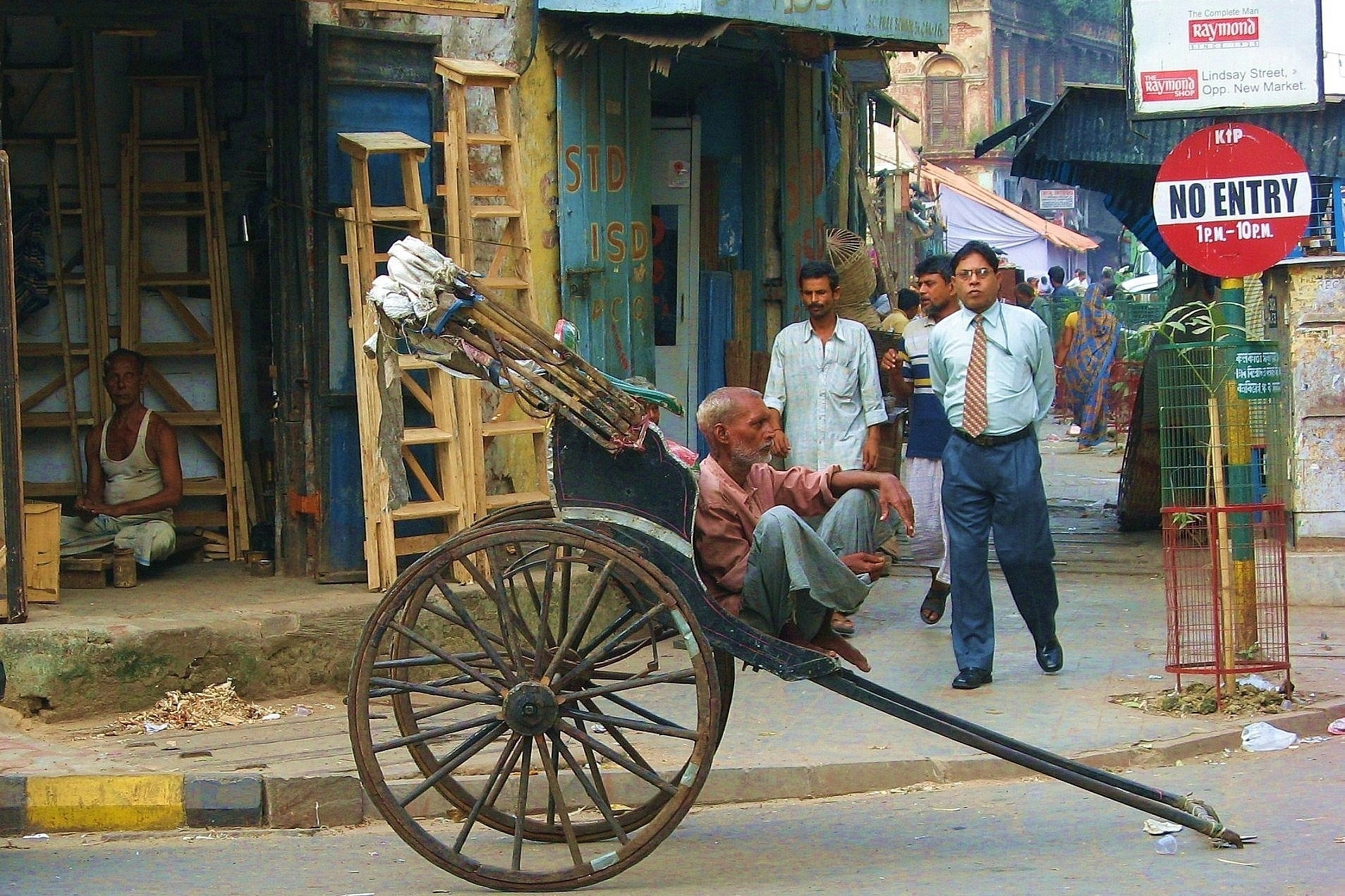Economy
How Do West Bengal’s Economic And Fiscal Indicators Compare With The National Average?
- The state had an average growth rate of 5.5 per cent between 2012/13 – 2017/18.
- To give a comparison, the average across the country was 7.1 per cent.

Old Kolkata.
Comparisons of various states is often difficult as each state has its own share of challenges — more so in a country as diverse as India.
However, such comparisons are important to better understand what policies seem to work — and what policies are no longer desired.
Competitive economics is often a by-product of competitive politics — and so are governance outcomes. Therefore, it is important to separate the facts from fiction and objectively evaluate West Bengal’s performance on several key socio-economic indicators.
The state has definitely made considerable progress over the last many years, but the question is whether this progress is better than the national average or not.
The first indicator for such comparisons is of growth rates and thus, a comparison of the average growth of gross state domestic product (GSDP) as against the national average is needed.
The state had an average growth rate of 5.5 per cent between 2012/13 – 2017/18. To give a comparison, the average across the country was 7.1 per cent.
The question that arises is why is West Bengal’s growth rate lower than the national average?
A major reason could be the limited amount of private capital investments that came into the state during this period.
The outlier year in terms of the state registering a higher growth compared to the national average was 2018/19. However, one has to see whether this trend would sustain and continue.
Faster pace of growth for the state is important from the debt sustainability perspective as its debt at present is 34.8 per cent of its GSDP.
While the debt levels continue to be a concern, in the situation where the state reverts to lower growth levels in nominal terms due to moderation of inflation, we may have a situation where the interest burden on the state finances would increase.
This may curtail the ability of the government to spend for development of critical infrastructure in the state.
The state has only 2.3 per cent of its expenditure for infrastructure projects in the 2020-21 budget while the national average stood at 4.2 per cent.
This is why it is important to relook at the expenditure profile of the state and revisit some of its existing programmes.
For instance, the scheme for farmers which grants a PM Kisan-type cash transfer to the tune of Rs 5,000 results in a potential duplication of effort.
That is, by simply allowing PM Kisan transfers of Rs 6,000 to farmers, there would be an opportunity to better use the funds allocated for the state-sponsored scheme towards development of critical infrastructure in the state.
There are several such schemes sponsored by the state governments which could be consolidated with the central schemes and additional resources could be freed.
Providing social security while faltering in public goods' provisioning can result in an outcome where there are several constraints towards achieving a faster pace of growth.
For a labour-surplus country like India, higher growth rates and tighter labour markets are the best form of social security net that must be sought after as the desired policy objective.
One of the things that the state does get right is its expenditure on education, which is at 17.6 per cent of its total expenditure.
The national average is close to 16 per cent. This is an investment in human capital of the state which results in creating a pool of skilled workers.
However, the part that is now important is to provide them with employment within their state by creating several well-paying jobs.
In terms of creation of jobs, the unemployment rate in the state has persistently remained above 6 per cent as per data from Centre for Monitoring of Indian Economy (CMIE).
The unemployment rate is not the best indicator for comparisons post Covid-19 as there is a fair share of impact of the pandemic on the labour force-participation rates and unemployment rates.
However, based on the 2011 NSSO Survey, West Bengal had a poverty rate of 20 per cent. The decline in poverty levels in West Bengal between 2004 and 2011 was 14.3 ppp, while the national average saw a decline of 15.3 ppp.
States in North East such as Sikkim and Tripura saw an over 20-point reduction. Odisha, Maharashtra, Bihar and Andhra Pradesh too saw a far greater decline in percentage of people below the poverty line during this period.
These calculations are using the mixed reference period estimates using the Tendulkar poverty line which corresponds to the World Bank $1.9 ppp poverty line.
Views expressed are those of the author and should not be ascribed to any institution with which the author is affiliated.
Support Swarajya's 50 Ground Reports Project & Sponsor A Story
Every general election Swarajya does a 50 ground reports project.
Aimed only at serious readers and those who appreciate the nuances of political undercurrents, the project provides a sense of India's electoral landscape. As you know, these reports are produced after considerable investment of travel, time and effort on the ground.
This time too we've kicked off the project in style and have covered over 30 constituencies already. If you're someone who appreciates such work and have enjoyed our coverage please consider sponsoring a ground report for just Rs 2999 to Rs 19,999 - it goes a long way in helping us produce more quality reportage.
You can also back this project by becoming a subscriber for as little as Rs 999 - so do click on this links and choose a plan that suits you and back us.
Click below to contribute.
Latest